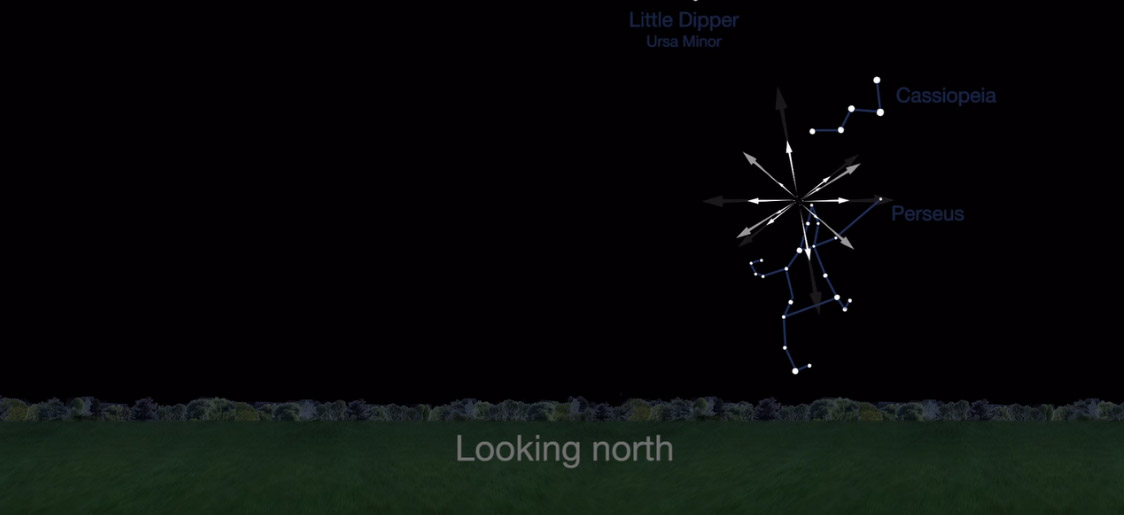Perseid Meteor Shower Will Be Extra Awesome This Year, NASA Says
Shooting-star seekers heading out to watch the Perseid meteor shower Aug. 11 and 12 may see a much better show than in past years.
That's because the Earth will collide with more material than usual from Comet Swift-Tuttle, which is the source of the Perseids. Jupiter's gravity has tugged the debris stream in such a way that Earth will move closer to the middle of the stream, rather than the edge, NASA officials said in a statement.
In fact, Earth may collide with three or more streams during the shower this year. This could result in double the usual rate of meteors, and a spectacular rate of 200 meteors per hour under perfect conditions, according to the statement. [Perseid Meteor Shower 2016: When & How to See It]
"Here's something to think about: The meteors you'll see this year are from comet flybys that occurred hundreds if not thousands of years ago," Bill Cooke, who leads NASA's Meteoroid Environment Office in Huntsville, Alabama, said in the statement. "And they've traveled billions of miles before their kamikaze run into Earth's atmosphere."

Although the meteor shower is named after the constellation Perseus (the meteors appear to radiate from that direction), the fragments burning up in Earth's atmosphere have a much closer source: Comet Swift-Tuttle, which orbits the sun every 133 years, leaving behind a trail of tiny particles as it goes.
If you have clear skies and live in the Northern Hemisphere, head out to watch the show between midnight and dawn local time on Aug. 12 and 13 (that is, the nights of Aug. 11 and 12). Go to a dark area, and wait for 30 to 45 minutes for your eyes to adjust. Your bare eyes are all you need in order to see the meteors.
If you're in a light-polluted area (typically in or near urban areas) or clouds get in the way, you can also tune in to the Perseids on Ustream (http://www.ustream.tv/channel/nasa-msfc). The broadcast will run overnight on Aug. 11 and 12, starting at 10 p.m. EDT (0200 GMT on Aug. 12 and 13).
Sign up for the Live Science daily newsletter now
Get the world’s most fascinating discoveries delivered straight to your inbox.
Follow Elizabeth Howell @howellspace, or Space.com @Spacedotcom. We're also on Facebook and Google+. Original article on Space.com.

Elizabeth Howell was staff reporter at Space.com between 2022 and 2024 and a regular contributor to Live Science and Space.com between 2012 and 2022. Elizabeth's reporting includes multiple exclusives with the White House, speaking several times with the International Space Station, witnessing five human spaceflight launches on two continents, flying parabolic, working inside a spacesuit, and participating in a simulated Mars mission. Her latest book, "Why Am I Taller?" (ECW Press, 2022) is co-written with astronaut Dave Williams.










